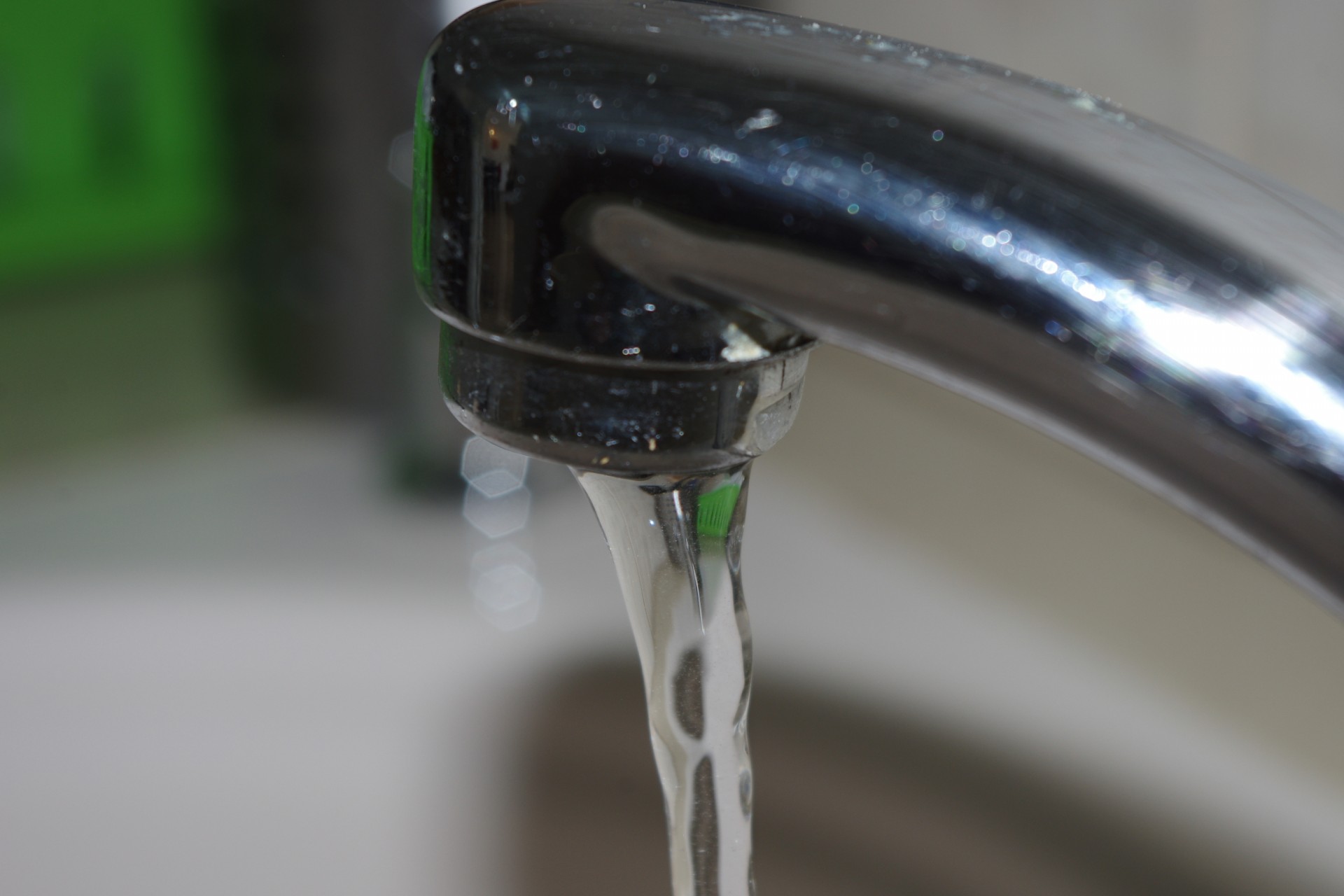Expert Reaction
These comments have been collated by the Science Media Centre to provide a variety of expert perspectives on this issue. Feel free to use these quotes in your stories. Views expressed are the personal opinions of the experts named. They do not represent the views of the SMC or any other organisation unless specifically stated.
Professor Ian Rae is an expert on chemicals in the environment from the School of Chemistry at the University of Melbourne. He was also an advisor to the United Nations Environment Programme on chemicals in the environment and is former President of the Royal Australian Chemical Institute
Why did two analyses give such different results for the concentration of lead in the water coming out of those taps? Two explanations come to the mind of a chemist.
Explanation 1: The amount of lead that leaches from lead components in a water supply system can depend on the water quality. A recent case in America highlighted this. The city of Flint, Michigan, switched to another source of water without realising that it was much more aggressive than the water they had previously been supplied with. The result was elevated lead in drinking water and some serious short-term and long-term consequences for consumers. So, I wondered, did the two tests carried out with the Aldi taps use same water?
Explanation 2: The longer the water is in contact with the lead components, the more lead will leach into it. So, the first flush will have higher lead concentration than the steady flow from the tap. I have seen something this with copper leaching from copper pipes. In that case the contaminated water is blue so it's an easy matter to run the tap until the water is colourless - meaning that the copper concentration is negligible. Unlike copper salts, however, lead salts are colourless and so lead contamination is invisible.
This second possibility leads to some interim advice for those who might be affected by the leaded taps. Don't use the first flush. Run the tap for a minute before using any of the water for drinking or cooking.
Paul Harvey is a Postdoctoral Researcher in the Department of Environmental Sciences at Macquarie University
This is not a new problem. Our 2016 study* shows that this is a widespread problem across Australia. Our data shows that new taps in Australia are generally non-compliant for lead concentrations at the time of installation and this is reflected in the elevated concentrations of lead in drinking water at kitchen taps across the country.
Consumers can readily purchase off the shelf products that contain very high concentrations of lead, up to 4.5 per cent, compared to the maximum allowable USA value of 0.25 per cent, with no warning labels or indication of potential hazards. Despite recommendations for flushing taps prior to use, this is not always effective.
This is an ongoing hazard associated with all lead-brass fittings Australia-wide and the only immediate solution to this problem for consumers is to install lead-free taps.
Dr Ian Musgrave is a Senior Lecturer in the Faculty of Medicine, School of Medicine Sciences, within the Discipline of Pharmacology at the University of Adelaide.
The reports that water passing through a tap sold by the supermarket chain ALDI 'The Spiral Spring Mixer Tap' has up to fifteen times the permitted lead levels in Australian drinking water (0.01 mg/L maximum) are extremely concerning.
While the levels involved are low and not likely to cause acute lead poisoning, lead is a cumulative toxin. Continued consumption of low levels of lead can have adverse effects especially in young children and unborn babies. Effects include disruption of red blood cell, production, kidney damage, behavioural disturbances and other nervous system effects.
Unfortunately, details of the degree of contamination are not clear, it appears to be only one tap that has been tested, thus the report of 'has up to 15 times the permitted lead levels' from a single tap may indicate that the contaminant is leaching out variably. Until it is determined if other taps of this brand are similarly contaminated (previous test samples had complied with Australian regulations) people who have purchased these taps should not use water from them for drinking or cooking. Anyone who has any health concerns should consult their health professional.



 Australia; QLD
Australia; QLD


